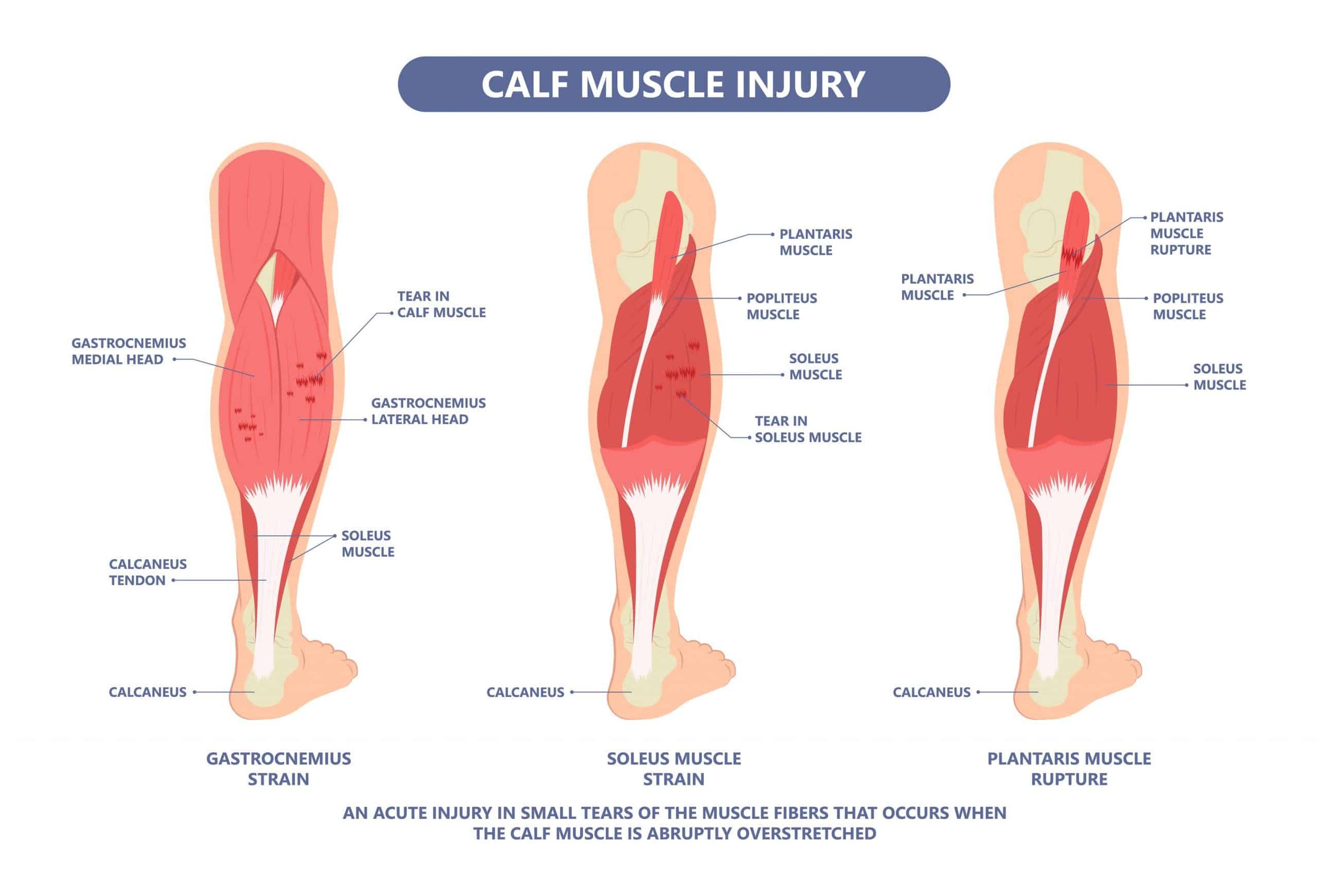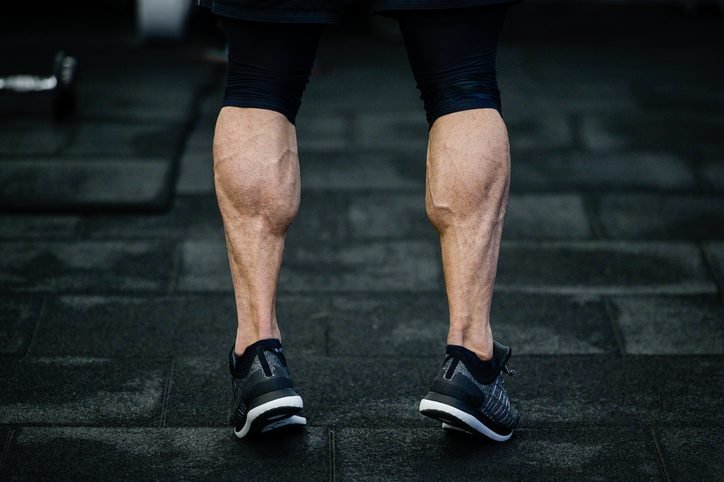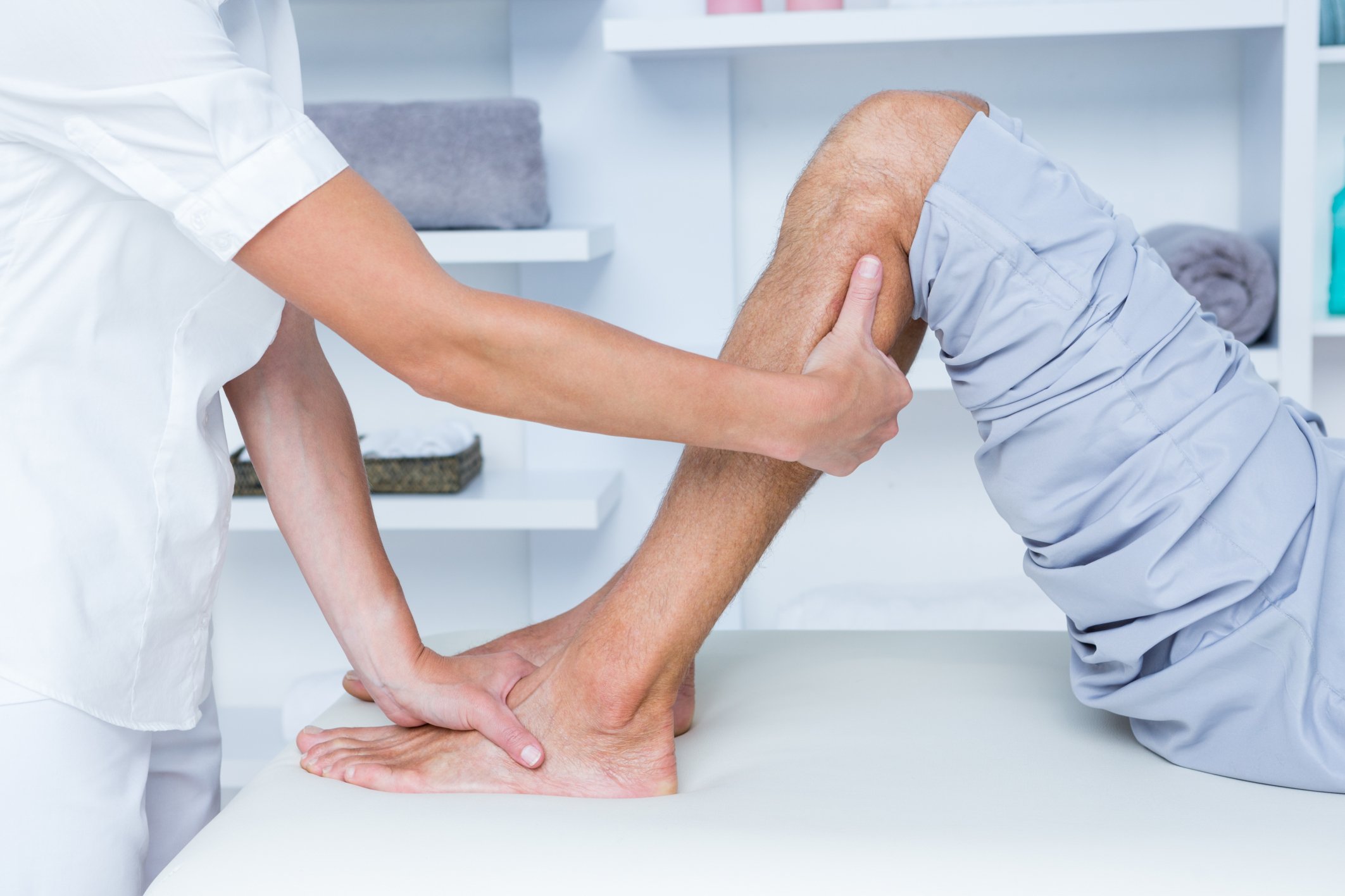The Role that the 'Calf' Plays in Running
As runners traverse through the bustling city streets or the serene pathways of the Botanic Gardens, their bodies engage in a symphony of movements, with the calf muscles playing a leading role. This article delves into the often underappreciated yet vital role of the calf muscles in running, offering insights that resonate with beginners and seasoned marathoners alike in the Singapore's running community.
Anatomical Overview
At the heart of this discussion lie two primary muscles: the Gastrocnemius and the Soleus. These muscles converge into what is known as the Achilles tendon, forming a complex yet efficient system (1). The Gastrocnemius, the more prominent muscle visible from the outside, is responsible for the dynamic push-off motion during running. It springs into action when the knee is straight, providing the burst of power needed for acceleration and uphill running. On the other hand, the Soleus, located beneath the Gastrocnemius, comes into play when the knee is bent, offering sustained force and stability, crucial for endurance and long-distance running.
The intricate anatomy and function of these muscles is not just a matter of academic interest but a practical necessity for runners. This knowledge empowers runners to enhance their performance and guards them against the prevalent risk of injuries.
Calf Muscles and Running Efficiency
The efficiency of a runner's stride is intricately linked to the condition and strength of their calf muscles. These muscles serve a dual function during running. Firstly, they absorb the impact of each footstrike. This role is especially significant in urban environments like Singapore, where hard surfaces are common. Secondly, they act as a spring, storing and releasing energy. The Achilles tendon is central to this process. When the foot lands, the tendon stretches, storing elastic energy, which is then released during the push-off phase, propelling the runner forward. This mechanism is crucial for both stride length and speed (2).
Enhancing the strength and resilience of the calf muscles can lead to improved running economy. This term refers to the ability to maintain a steady pace while using minimal energy, a critical factor in endurance running, which is popular in Singapore’s numerous marathons and running events.
Common Calf Injuries in Runners
The bustling running scene in Singapore, with its diverse mix of marathons, park runs, and street races, brings to light the issue of calf injuries, which are among the most common setbacks for runners. Two prevalent types of injuries are calf strains and Achilles tendinitis.
Calf Strains: These are typically caused by overstretching or overloading the calf muscles. Symptoms can range from a mild discomfort to a sharp, debilitating pain, often accompanied by swelling or bruising. Runners might experience these strains when they suddenly increase their distance or intensity, or when they fail to warm up properly.
Achilles Tendinitis: This overuse injury affects the Achilles tendon and is characterized by pain and stiffness along the tendon, particularly in the morning or after long periods of rest. It's often the result of repetitive stress to the tendon without adequate time for recovery.
Prevention and Early Signs
Prevention is always better than cure, especially in a high-impact sport like running. Key preventive measures include:
Proper Footwear: Choosing the right running shoes that offer support and suit individual foot mechanics can significantly reduce the risk of calf injuries.
Gradual Training Progression: Increasing running distance and intensity gradually helps the calf muscles adapt without being overstressed.
Strength and Flexibility Training: Exercises targeting the calf muscles and Achilles tendon can enhance their strength and flexibility, making them more resilient to injuries.
Adequate Rest and Recovery: Incorporating rest days and paying attention to nutrition and hydration are vital, especially in Singapore's tropical climate.
Recognizing the early signs of calf injuries and addressing them promptly can prevent more serious complications. Warning signs include any discomfort in the calf area, swelling, or a feeling of tightness or stiffness in the muscles or tendon.
Strengthening and Conditioning for Healthy Calves
To keep the calf muscles in top condition, specific exercises and routines are essential. These include:
Calf Raises: Simple yet effective, these can be done anywhere and easily incorporated into a daily routine.
Eccentric Heel Drops: Particularly useful for strengthening the Achilles tendon and improving its capacity to handle stress.
Flexibility Exercises: Regular stretching helps maintain muscle elasticity, which is crucial for running efficiency and injury prevention.
Recovery and Care for Calf Muscles
In the dynamic world of running, recovery is as vital as the training itself. For runners in Singapore, where the climate and urban settings pose unique challenges, effective recovery strategies for the calf muscles are essential.
Rest and Recuperation: After strenuous runs or when experiencing the early signs of strain, rest is crucial. Allowing the calf muscles to recover can prevent minor issues from becoming major injuries.
Cold Therapy: Applying ice or cold packs to the calves can reduce inflammation and soothe sore muscles, especially after long runs or races.
Hydration and Nutrition: Proper hydration with electrolytes is essential in the humid Singapore climate. Additionally, a balanced diet rich in proteins, vitamins, and minerals can expedite muscle recovery.
Massage and Foam Rolling: Regular massage or self-massage using foam rollers can improve blood circulation in the calf muscles, aiding in faster recovery and reducing the risk of muscle tightness. Remember, don’t massage an injury in the first few days, this can increase bleeding, especially when over muscle tears.
Advanced Considerations for Optimal Calf Health
To further enhance calf health and performance, runners should consider additional factors like footwear and running surfaces.
Footwear: The impact of footwear on calf health cannot be overstated. Shoes with appropriate cushioning and support can significantly reduce the stress on the calves and Achilles tendon.
Running Surfaces: The choice of running surface also plays a role. Softer surfaces like grass or tracks can lessen the impact on the calves compared to hard concrete surfaces.
The calf muscles play a pivotal role in the world of running. From sprinting through the Marina Bay area to enduring long trails in the Southern Ridges, every step a runner in Singapore takes is powered by these vital muscles. By understanding their function, preventing injuries through proper care, and embracing a holistic approach to muscle health, runners can enjoy improved performance, reduced injury risk, and a more enjoyable running experience.
As the running community in Singapore continues to grow and evolve, so does the understanding of the importance of calf health. Whether you are a seasoned marathoner or a weekend jogger, taking care of your calves is taking care of your running future.
References
Binstead JT, Munjal A, Varacallo M. Anatomy, Bony Pelvis and Lower Limb: Calf. 2023 May 23. In: StatPearls [Internet]. Treasure Island (FL): StatPearls Publishing; 2023 Jan–. PMID: 29083629.
Lee KL, Sung JY, Oh TW, Kim HJ. Functional relationship between the anatomical structures of the calf and athletic ability. Clin Anat. 2022 Jul;35(5):544-549. doi: 10.1002/ca.23855. Epub 2022 Mar 30. PMID: 35319797.





